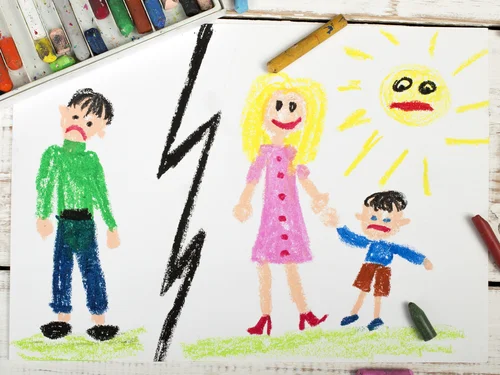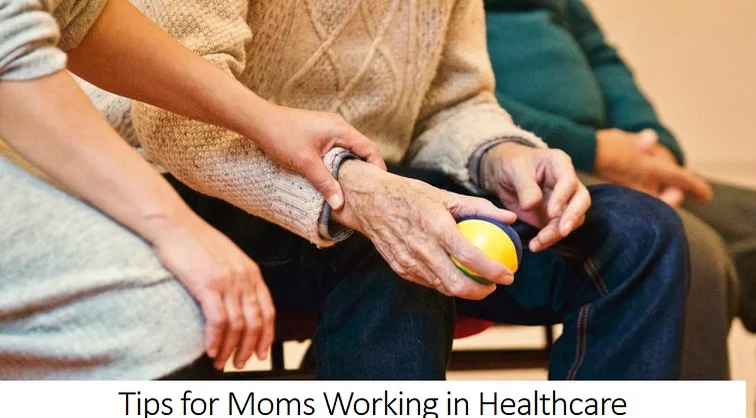+1 845 259 2974 (11 a.m to 7 p.m CST)
Rich democracies strive to help working moms balance job and home

Citizens of rich democracies are coming to terms with the new realities of families and employment. The traditional perspective of a man as bread-winner while a woman as a caregiver at home is rapidly changing into an era of employment for women, especially those with children. Although societies around the globe have accepted this change but a new dilemma has emerged as to how to harmonize employment for mothers along with their domestic responsibilities. Developed countries are now encouraging women as well as men to combine well-compensated work with family caregiving but are they doing enough to fulfill the needs of a family with both partners working?
Women are joining workforce en masse in developed countries. About half of all the mothers around the globe are working on paid jobs. But even after two generations since women resiliently decided to climb the corporate ladder, employed mothers still struggle with pay disparities, the rough hike to the top and their biggest dilemma: family life.
Working mothers are most backed up by Nordic countries
Experts suggest that it’s the Nordic countries who are pioneers at supporting working mothers so that they can create a healthy balance between work and family life. The United Sates and other European countries also have policies to offer benefits to working mothers. Other nations, however, do little to support them.
In Scandinavian countries, support for working moms starts as early as the birth of a child. Some nations offer mandated maternity leave. During the leave, the woman’s job is protected. Her leave can extend up to a few weeks, months or even years.
A comparative study by Rebecca Ray of the Center for Economic and Policy Research in Washington, D.C. suggests that maternity leave in Germany and France is fully paid, replacing the working mother’s salary, or partially paid as in Canada and Austria, to name a few examples of countries which provide help for working mothers. In the United States of America and Australia, the working mom does not get paid at all during her maternity leave.
Who will watch the kids?
After the maternity leave, most countries abandon parents to navigate their way through arrangements with a nanny, a family member, neighbor or a daycare center. All of these however have their own limitations like fees, hours of coverage and proximity to the working mother’s home and workplace. Norway, which has the highest percentage of mothers in the workforce, allows working parents to take up to 38 weeks of paid family leave followed by Denmark which gives 18 weeks of family leave. Sweden grants up to 40 weeks of family leave with full pay to working mothers.
Studies suggest that national governments which have more programs to support working mothers have their job markets flooding with employed moms.
Even within European countries, childcare policies vary. In Germany, for example, childcare for the children of immigrants is prioritized who are not able to speak or comprehend the national language. The reason for this is that the government hopes that these children will start school with adequate preparation and skills so that they won’t lag behind natives.
Cultural ‘support system’
China boasts one of the largest groups of working mothers. Around 320 million mothers are a part of the country’s total population of 1.3 billion. In the past, Communists have provided laborers with housing and childcare but it has long since disappeared. Today, a lot of mothers in rural China leave behind their children in villages in search of jobs in cities. While mothers toil away in factories and organizations in cities, their children are brought up by grandparents, thus providing them some help.




















